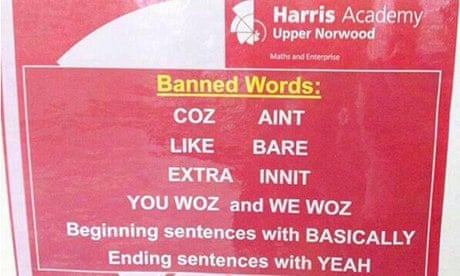There might be other parts of the sentence with subject-like words and verb-like words, but you need to be able to identify your primary subject and verb.
We often put introductory material in front of the primary subject and verb. It might be
- a single word:
Finally, Stephen Harper is our former prime minister.
- a phrase:
In my dreams, Stephen Harper is our former prime minister.
- or a subordinate clause (nouns and verbs that do not form a stand-alone sentence):
Whenever I think about Canada's future, Stephen Harper is our former prime minister.
Separate the primary subject and verb from the introductory material with a comma, especially if the intro is long.
QUIZ: Insert the missing commas:
- If I were showing my work at a gallery in another city it would appear to my dealer that he was losing potential income rather than capitalizing on an opportunity.
- When she would eventually talk to me I would be very surprised and ultimately upset.
- Having not seen any warnings signs I would feel defensive and respond as if I was under attack
Answers 1. after "city"; 2. after "me"; 3. after "signs"
